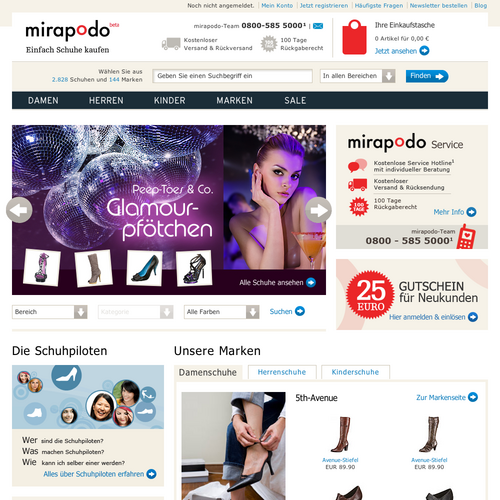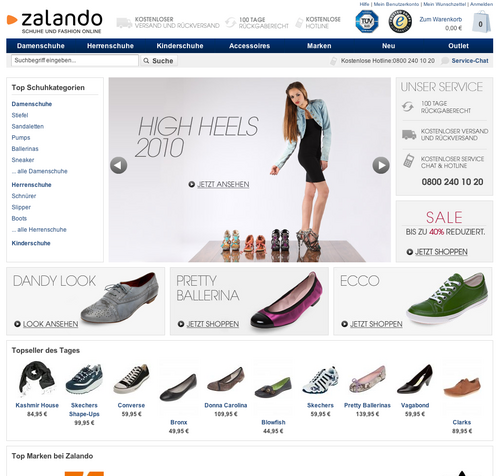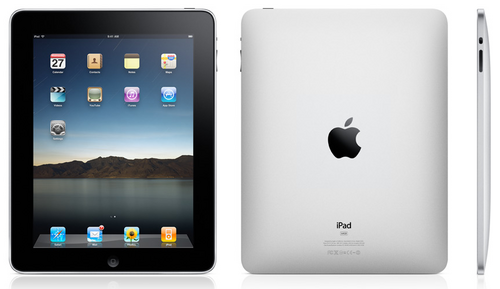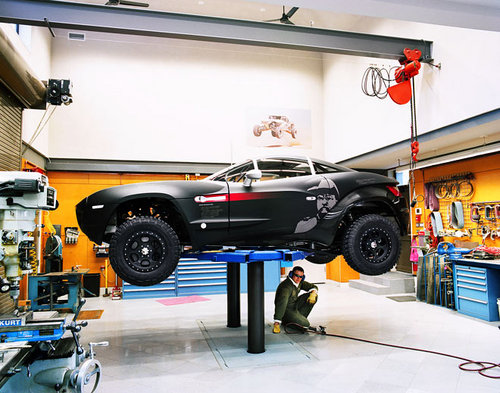As some of you may know, SinnerSchrader is going Google. The switch from an Exchange/Outlook/Entourage setup to Google Apps is work in progress so far, but should be completed until April. I won’t discuss the rationale for this (that might be done in a future post), but instead report how I migrated from my Entourage account to Google in just a few days without spending too much time on it.
Last Tuesday, Holger Blank asked me how adventurous I would be. Curious as I am, I countered with the question what he had in mind. It turned out there was already a brand-new Google Apps account for me on our sinnerschrader.com domain in store. The account was activated on the very same day. I now had mail in two different flavours: the classical Exchange style and the all-new Google mail style, both with the same set of messages.
On Wednesday, I opened my new account, did some initial configuration and set up Entourage for IMAP use with the Google apps account in parallel. This step isn’t really necessary, but I was impatient and didn’t want to wait until my mail was imported from Entourage. Since I am a digital pack rat, I’ve quite a lot of mail. I tend to keep about 20,000 messages per year, amounting to more than 100,000 mails since 2005 when SinnerSchrader deployed the first Exchange server.
![]()
The mail import was done server-side, from the Exchange server to Google’s servers, started on Thursday and took more than 24 hours. This is a required first step and should be done before the first login, to ease the transition. Folders from the Exchange server translate into labels, making things a little bit noisy at first sight.

But this can be fixed easily and isn’t mission-critical in any respect. I also got about 110 mails from Google Mail Migration, telling me about messages left on the Exchange server, most of them because Google detected a virus or the message was too big to move. A few message fetch requests returned an IMAP „NO“ response from the server, for no obvious reason. This amounts to 0.1 per cent of my total message count. Another result of the migration process was a bunch of more or less empty messages without subject or sender. Don’t know how and why this happened.
The next step was the migration of my calendar. I set aside some hours of time at the weekend, but if I had known before how to do it, far less time would have been needed. My first step was to sync the Entourage calendar with iCal (and while I’m at it, sync my contacts with Addressbook).
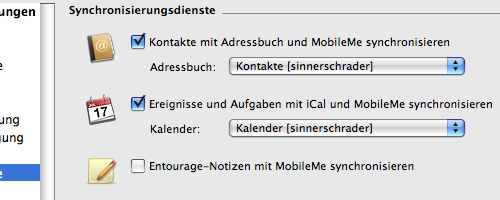
Having done this, the rest is a child’s play: Just export the Entourage calendar and contacts from iCal and Addressbook to files, and import the files to the Google calendar and contacts. The calendar import is pretty straightforward:
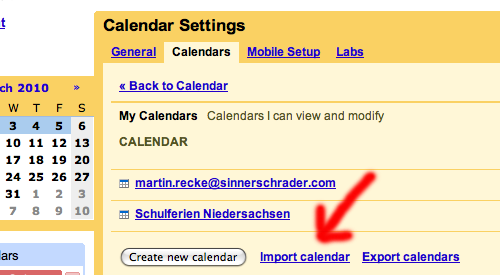
I’ve also set up my Google calendar in iCal, giving me a pretty nice interface to play with, compared to the Google calendar web interface which is not very neat. Time will tell whether I’ll stick with iCal or use the Google calendar.
To get my contacts into the Google world, they had to be saved as vCard file. I did this in Addressbook. Don’t forget to select all contacts, otherwise Addressbook just saves the current contact. The import to Google again is simple:
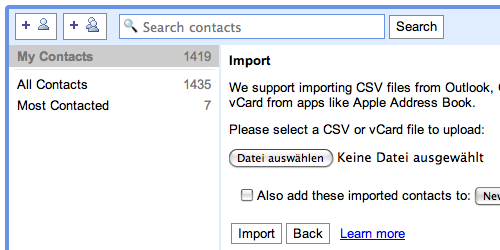
The Google contact management is pretty frugal, but at least my duplicates are now gone and the contact data is in place.
One last thing: It’s always a nice thing to have „mailto:“ links opening directly in Google mail rather than firing up the retired Entourage again. To accomplish this, I had to install Google Notifier for Mac. The links Google returns seem to be somehow broken, but Holger passed his copy of Google Notifier to me. In Preferences, it’s important to add the correct account, check the box „Start Google Notifier at Login“, and choose Gmail as default mail client. The notifications itself can be deactivated.
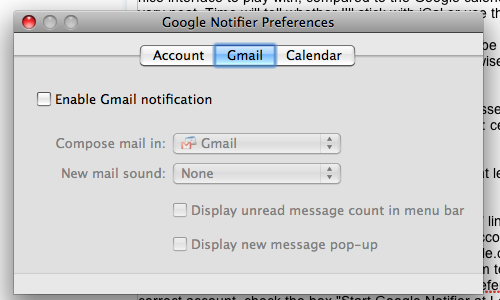
That’s all! There remains just one step to be done when we switch the booking of conference rooms from the old to the new environment. Then I’ll have to renew every appointment that needs a room reserved. But that doesn’t look like too much work.
So I’ve started the fresh week, a new month and even meteorological spring with an all-new setup for mail, calendar and contacts. Looking forward to the new era that started today!



